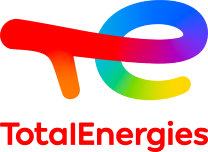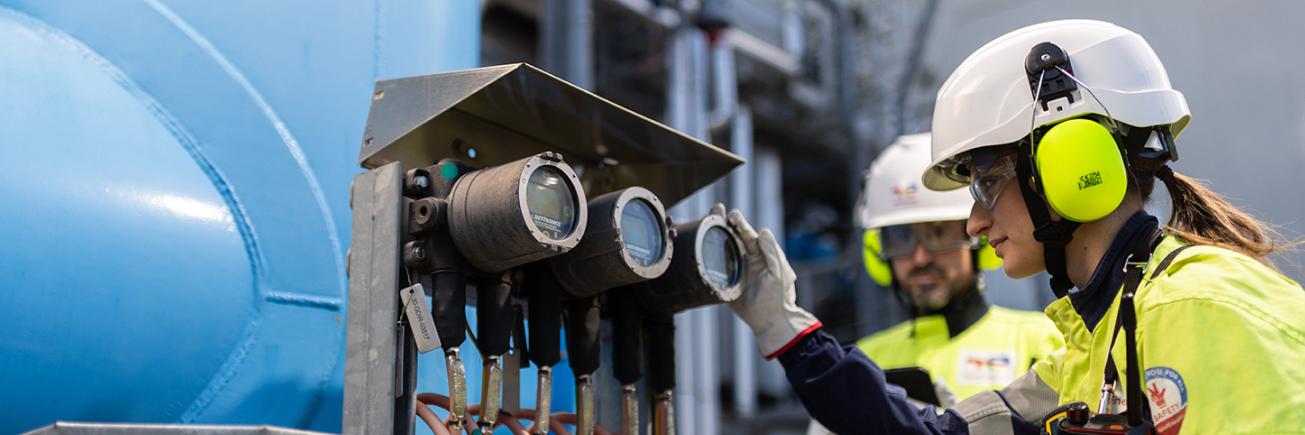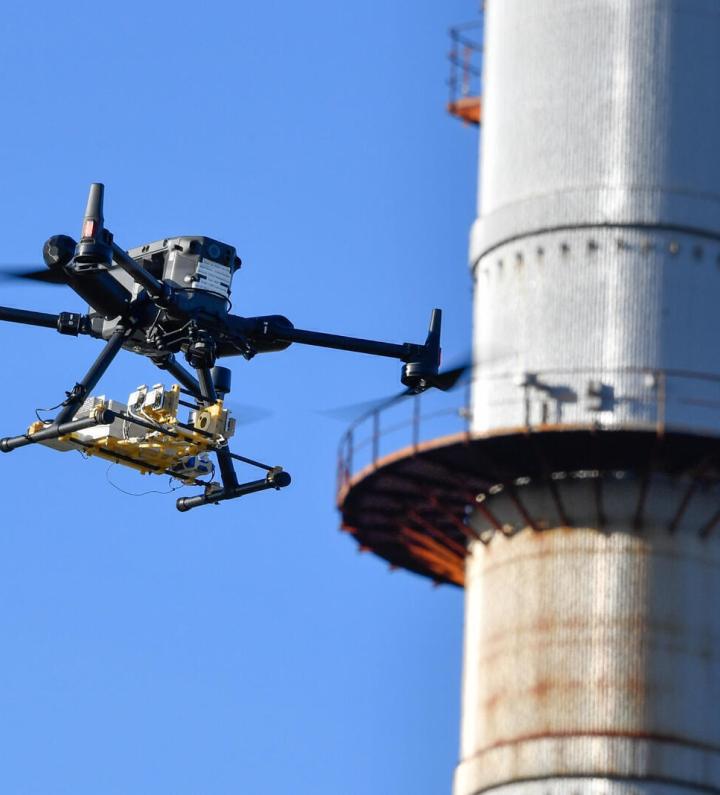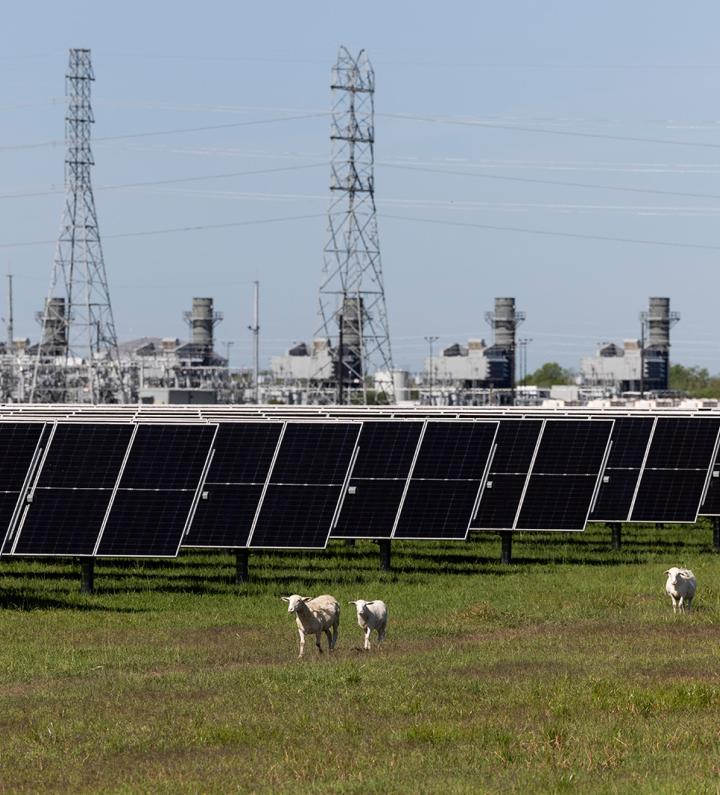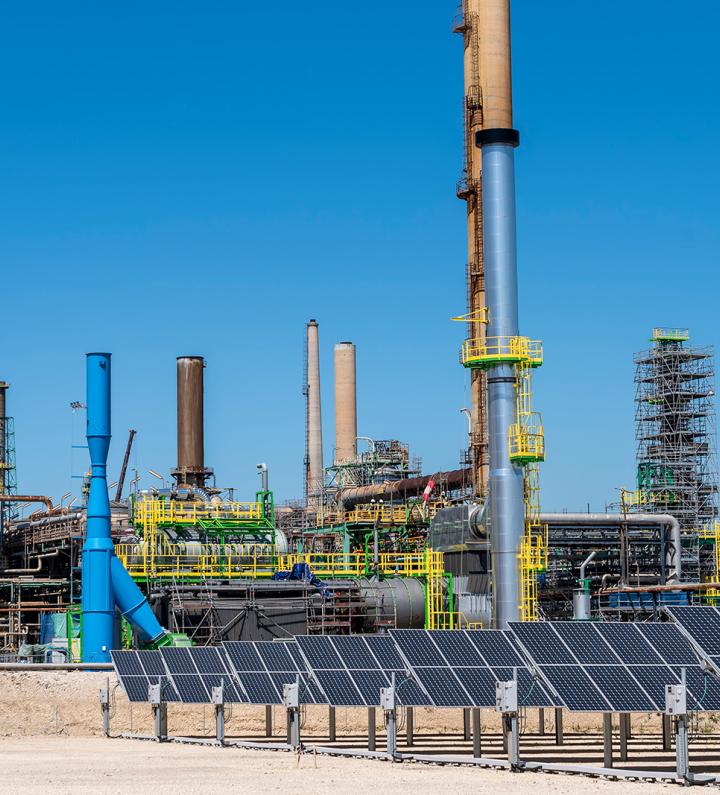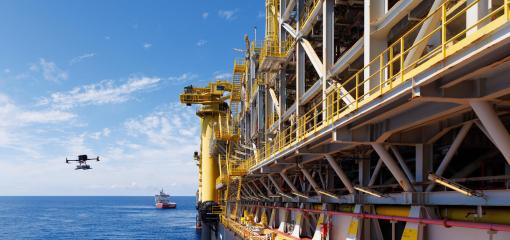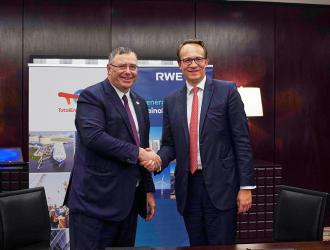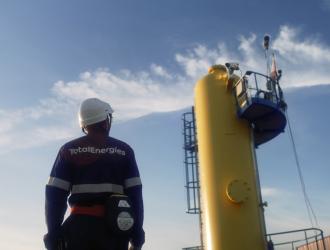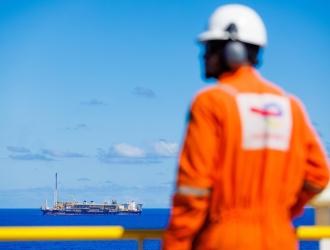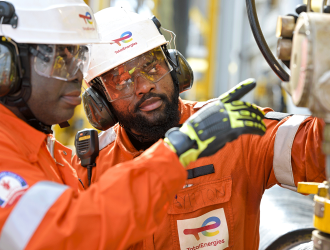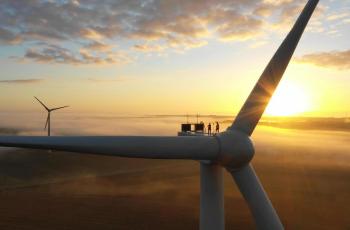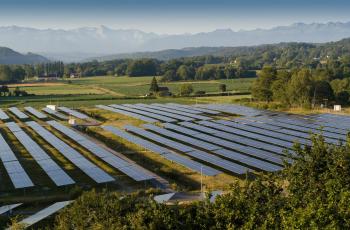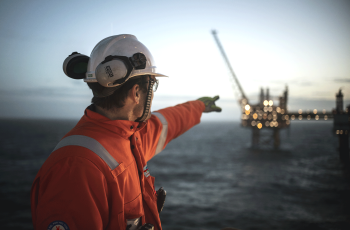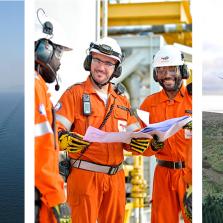Reducing Our Emissions
Reducing Our Emissions
Reducing Our Emissions
All fossil energy producers must make reducing their direct greenhouse gas emissions a top priority. At TotalEnergies, we pursue this goal with steadfast determination. Across our operated facilities (Scope 1+2), we aim to achieve carbon neutrality by 2050, with an intermediate target to reduce our net greenhouse gas emissions by 40% by 2030, compared with 2015 levels. This target is consistent with the roadmap set out in the European Union’s “Fit-for-55” package and the IEA’s 2024 Net Zero Emission scenario.
To make this happen, we are deploying cutting-edge technology to improve energy efficiency across our sites, gradually eliminate methane emissions, stop routine flaring and decarbonize our facilities.
Generating energy savings in our operations is beneficial in several ways: we contribute to the collective campaign for energy efficiency, we help to reduce our carbon emissions and we lower our costs.
In September 2022, TotalEnergies launched a plan to accelerate energy efficiency improvements at its sites worldwide. Over the period 2023-2025, we are investing $1 billion to reduce our energy consumption and cut emissions by 2 Mt CO2e.
Taking into account the efficiency projects reported by the teams at the industrial sites, a second energy efficiency improvement plan will be rolled out over the period 2026-2028, for a total of $1 billion.
Methane is a greenhouse gas with 28 times(1) greater global warming potential than CO2 over a 100-year timescale, making it key to any emission reduction strategy. The oil and gas industry, responsible for a considerable proportion of global methane emissions, must lead the way.
As a driving force in the energy transition, TotalEnergies is fully assuming its leadership role in the fight to collectively reduce methane emissions and has been striving for many years to reduce them. As a result, we successfully halved the volume of methane emissions generated by our operated facilities between 2010 and 2020. Moreover, we aim to cut these emissions by a further 60% by 2025 and 80% by 2030 compared with 2020 levels. These objectives apply to all Company operations and go beyond the 75% reduction in methane emissions from coal, oil and gas between 2020 and 2030 outlined in the Net Zero Emissions by 2050 scenario published by the International Energy Agency.
In addition, we are bringing our partners at our non-operated facilities on board by sharing feedback and best practices, for example with the Oil and Gas Methane Partnership 2.0 (OGMP 2.0). More generally, we are working with our partners at all our non-operated facilities to encourage them to reduce direct emissions. In our Exploration & Production business segment, we have created a team responsible for sharing a decarbonization roadmap that usually includes an energy assessment, energy efficiency improvements, the elimination of methane venting and routine flaring.
Find out how we are reducing our methane emissions (PDF)
Eliminating routine flaring by 2030
It is essential to put an end to routine flaring in order to reduce our CO2 and methane emissions: we pledged to stop this practice on new projects back in 2000.
As a founding member of the Zero Routine Flaring by 2030 initiative launched in 2014 by the World Bank, we are committed to ending routine flaring by 2030.
Since 2010, we have cut the volume of gas routinely flared by 90% across our operated facilities. We aim to fall below 0.1 Mm3/day by 2025, before eliminating routine flaring altogether by 2030.
Find out how we are working toward achieving zero routine flaring (PDF)
(1) 7SM - The Earth’s Energy Budget, Climate Feedbacks and Climate Sensitivity Supplementary Material (ipcc.ch) ↑
(2) As defined by the Global Gas Flaring Reduction working group set up by the World Bank’s Zero Routine Flaring initiative. ↑
In Refining & Chemicals, our ambition is to provide our facilities in Europe and the United States with a 100% low-carbon electricity supply from 2025, which will be made possible through our Go Green initiative. In Europe, up to 2.5 TWh/year will be supplied to the Refining & Chemicals industrial assets (excluding cogeneration facilities).
In the United States, around 1.5 TWh/year will gradually be supplied to the Refining & Chemicals assets from the renewable portfolio in Texas. The Danish and Myrtle assets, which are already in service, supply around 1 TWh/year, with the Hill project providing the remainder from 2025. This electricity will benefit the Port Arthur and Laporte facilities. This action to supply low-carbon electricity will enable a reduction in emissions of more than 2 Mt CO2e/year on the Refining & Chemicals business segment’s Scope 2 compared with 2015.
In addition, a number of new oil and gas projects with a focus on electric power have been confirmed.
In April 2024, we launched the Marsa LNG project, a 1 Mt/y LNG 2 liquefaction plant in Oman. Marsa LNG will be one of the lowest carbon intensity LNG plants in the world, with less than 3 kg CO2e/boe, thanks in particular to the electrification of the process and its supply by a 300 MWp photovoltaic solar farm.
In 2024, the final investment decision was taken for the GranMorgu project, a new oil exploration and production development in Suriname. This project incorporates the best technologies for reducing greenhouse gas emissions and has a carbon intensity of less than 16 kg CO2e/boe thanks to various technologies and an all-electric Floating Production Storage and Offloading (FPSO).
TotalEnergies is committed to reducing the carbon footprint associated with the production, transformation and supply of energy to its customers.
One of the levers identified by the Company is the use of low-carbon hydrogen to decarbonize its European refineries, which would reduce their direct CO2 emissions by up to 3 million tons a year by 2030.
In September 2023, TotalEnergies launched a call for tender to use up to 500 kt/year of hydrogen consumed in its European refineries from 2030.
Building low-carbon hydrogen supply for our refineries in Europe (PDF)
Reducing our direct emissions (Scope 1+2): objectives and progress made in 2024
Perimeter | 2015 | 2023 | 2024 | 2025 | 2030 | ||
|---|---|---|---|---|---|---|---|
Objectives | Realizations | Objectives | |||||
| Scope 1+2 Emissions on Operated Activities (100%) (en Mt C02e) | Oil & Gas Facilities | 46 | 30,3 |
| 29,4 | ||
| CCGT | 0 | 4,3 | 4,9 | ||||
| Scope 1+2 Emissions | 46 | 35 | < 38,8 | 34 | Enhanced Objective | ||
| Methane Emissions on Operated Activities (100%) (vs 64 kt CH4 in 2020) | -47 % | -50 % | -55 % | Enhanced Objective | -80 % | ||
(3) Net emissions, including nature-based carbon sinks from 2030. ↑
Our transition in action: reducing our direct emissions
As a pioneer in detecting and quantifying emissions in real-life conditions, TotalEnergies is using the AUSEA technology developed in cooperation with the French National Centre for Scientific Research (CNRS) and the University of Reims Champagne-Ardenne. After having deployed AUSEA drones at all its upstream operated facilities throughout the world, TotalEnergies signed cooperation agreements with its partners, to make the methane emission detection and quantification technology available to them. We are aiming for zero methane emissions by 2030.
AUSEA: The Innovative Technology for Reducing Methane and CO2 Emissions
Chapter 5.2.1 – “Climate change (E1) - Material impacts, risks and opportunities and their interaction with strategy and business model (ESRS2 SBM-3)”
More Energy, Less Emissions
